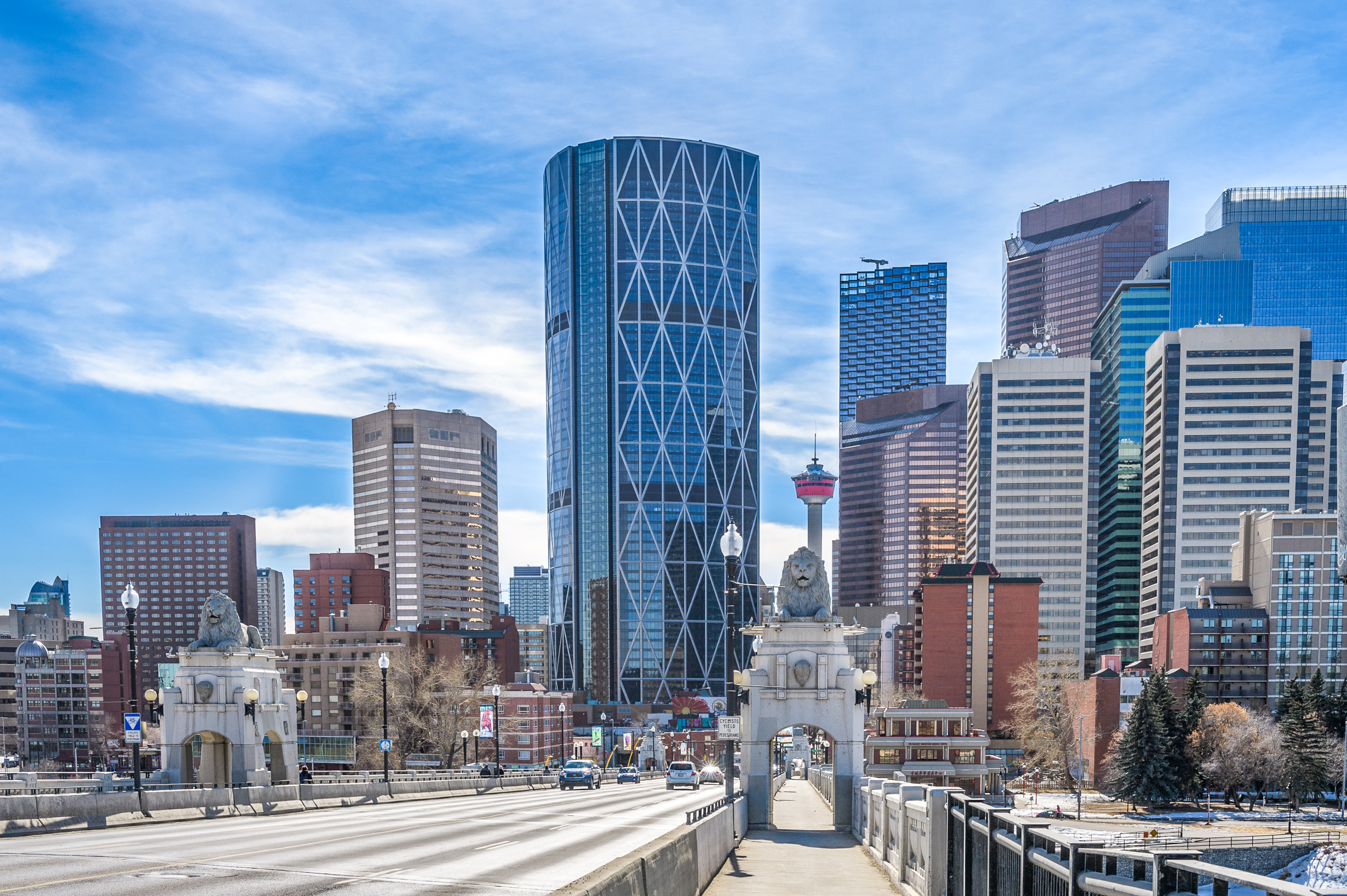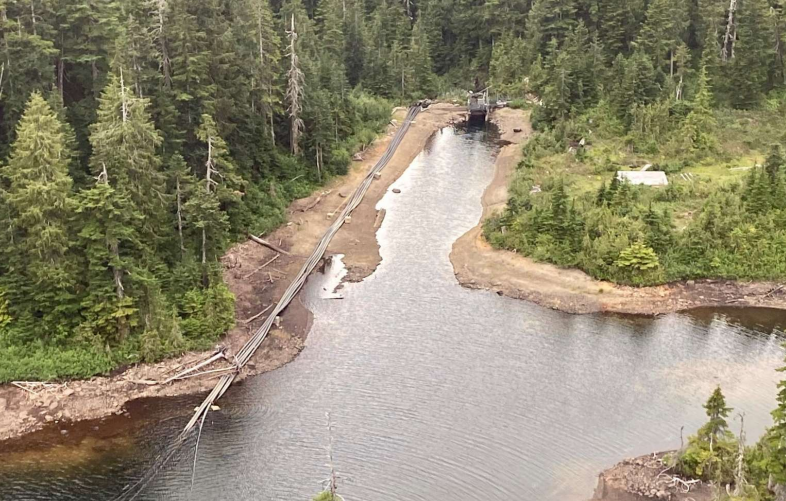DougB
Active Member
Most of the golf courses use storm water, which I am unsure requires a license. Storm water used by a golf course can't be used downstream so it should require a license.It'd be interesting to see who the big water users are in Calgary. To see a residential vs. Industrial/Commercial split and to see a break down of of water consumption of a high-rise residential unit vs. SFH. In the last 20 years there have been a few golf courses which redeveloped into residential areas which probably helped out with the per capita water consumption. With that said I assume some of the golf courses along the river like Inglewood, McKenzie Meadows and Blue Devil have a water license and just pull it straight from the Bow river.
At one time, the Canada Malting Plant in Alyth was the largest single water user in Calgary. Further back than that I would have expected the two former fertilizer plants in the SE (one at Deerfoot Meadows, the other at Barlow and Deerfoot) or the two former refineries (now Inglewood Wildlands and Refinery Park) to have been substantial users. I think the fertilizer plant at Deerfoot Meadows may have pulled water directly from the river.







